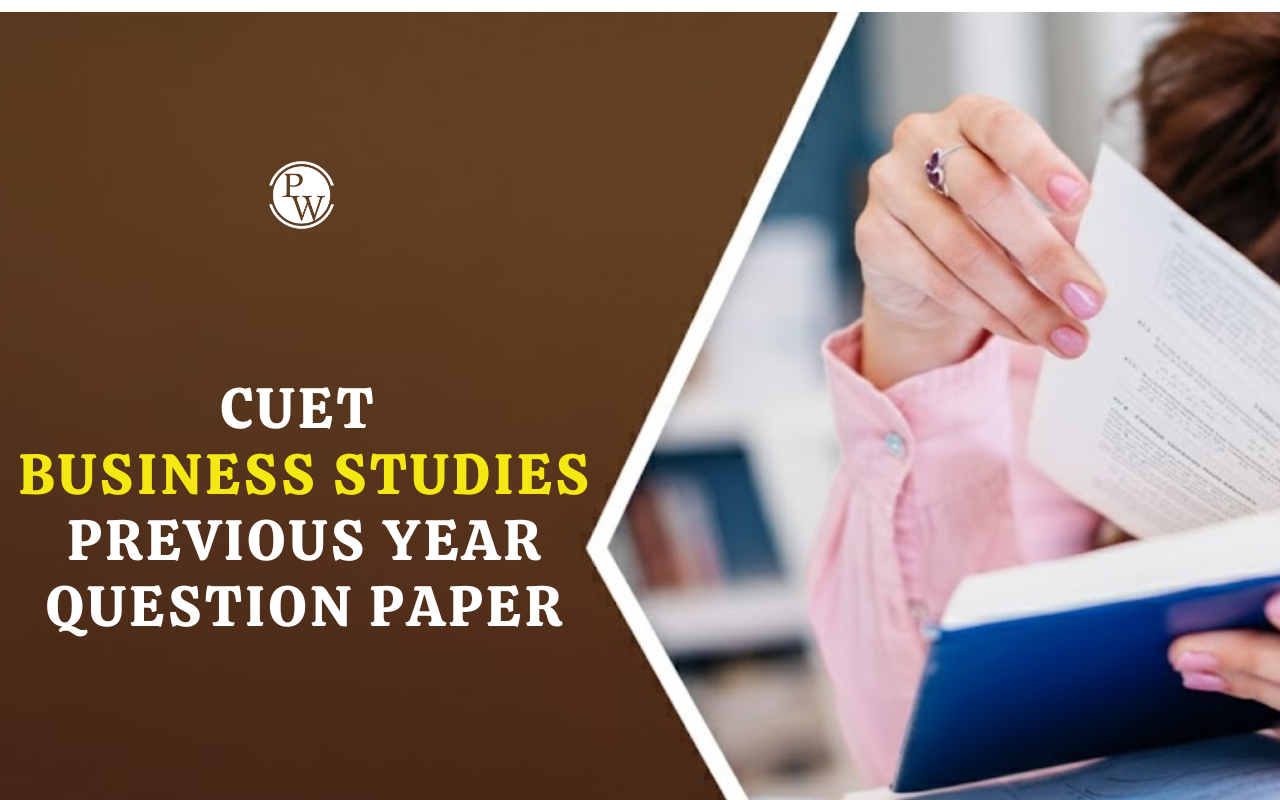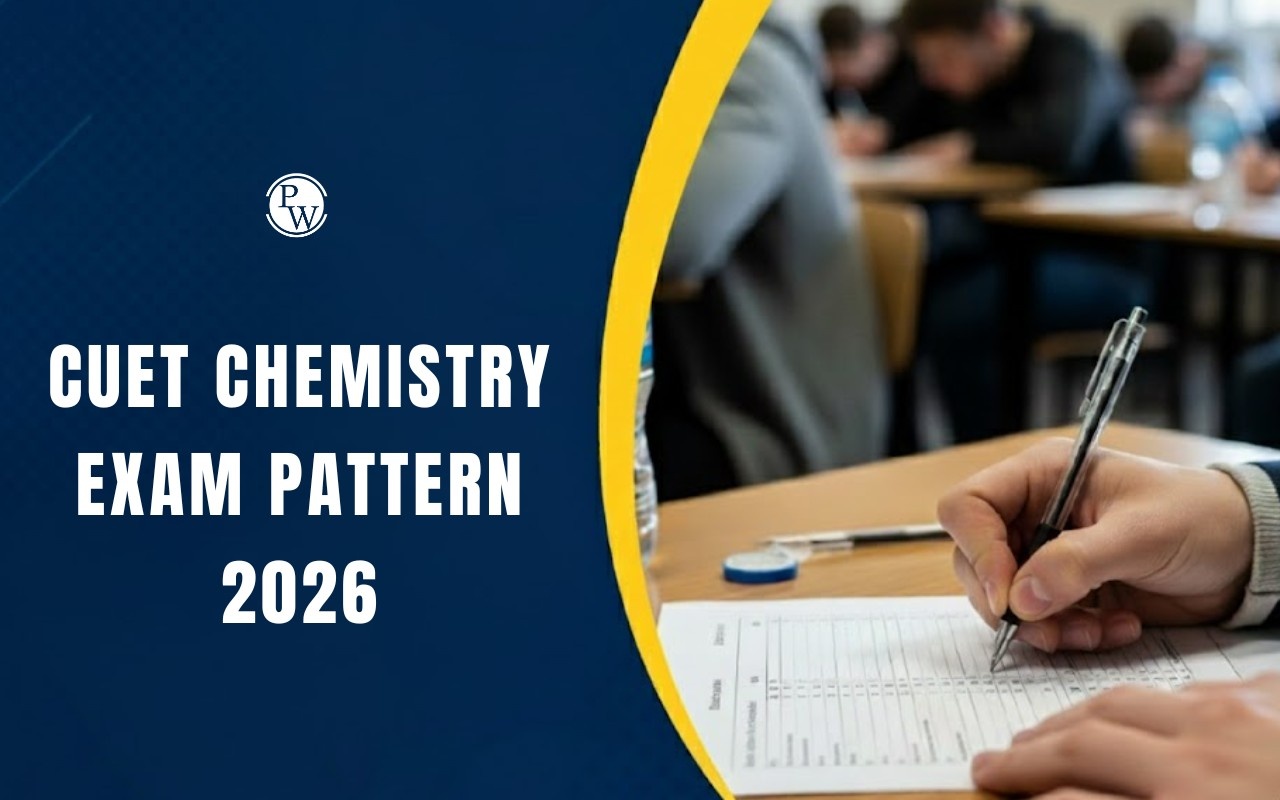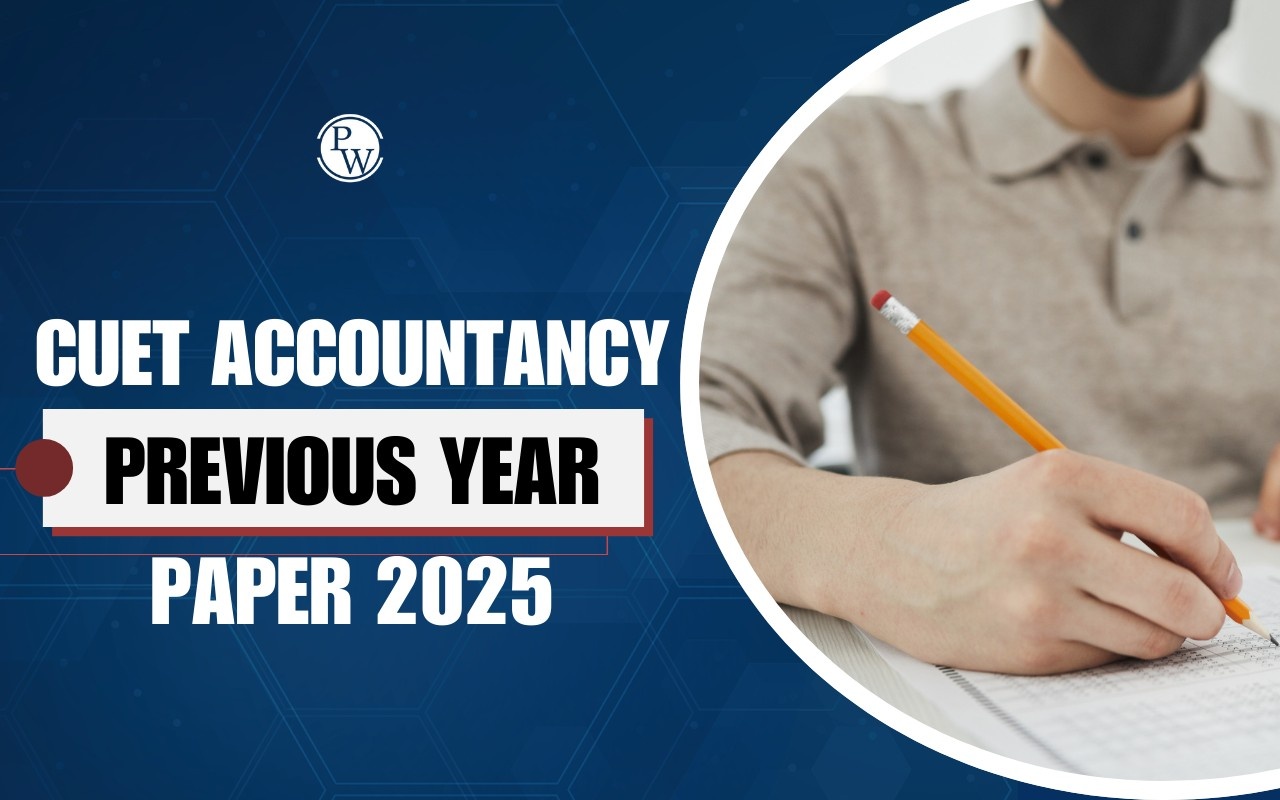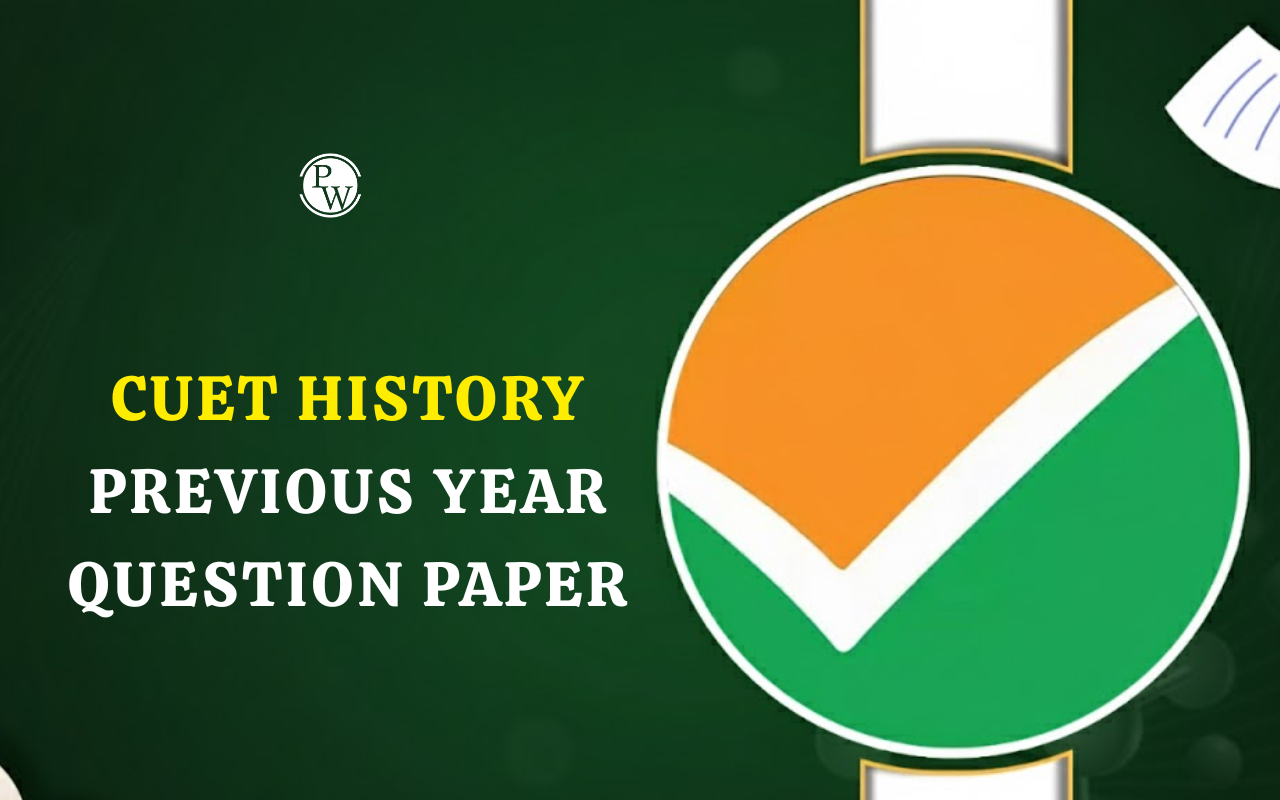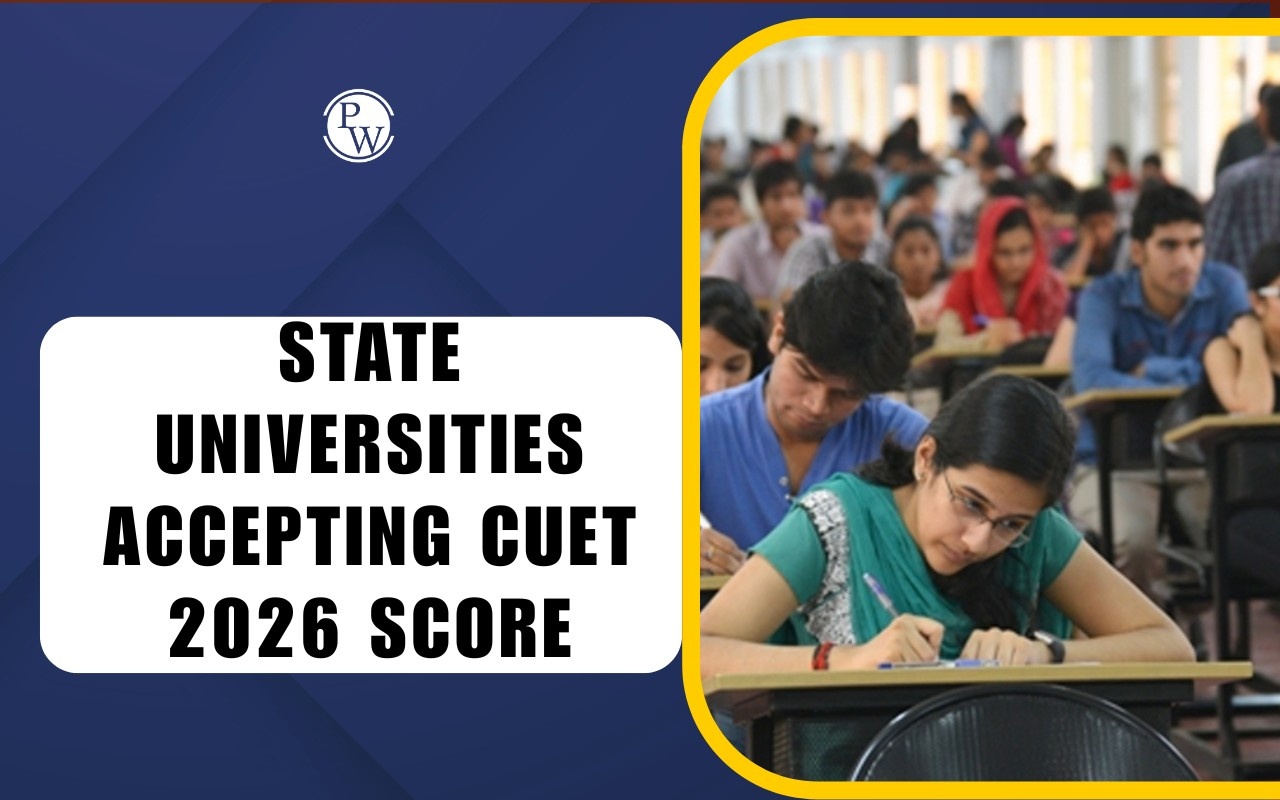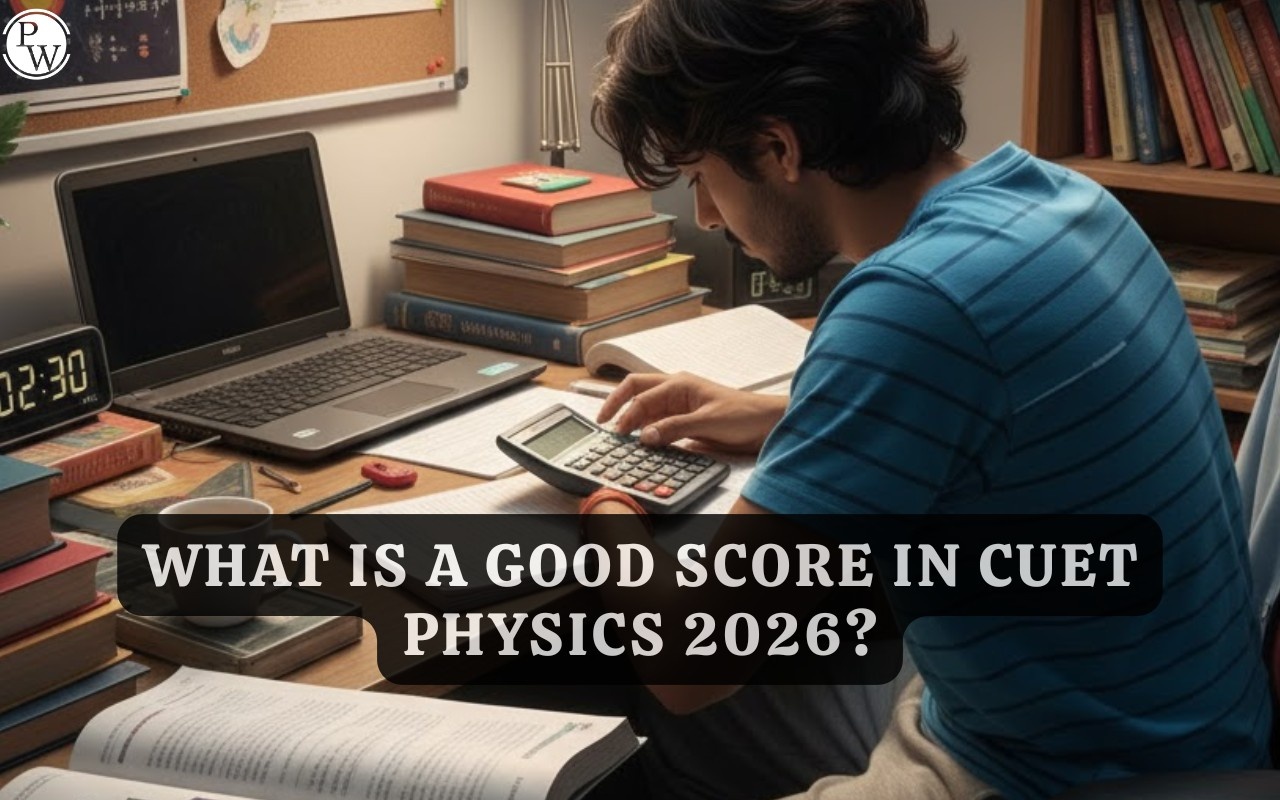
CUET Fine Arts Syllabus 2026 includes important topics from Indian art history and modern artistic expressions, making it suitable for students planning to pursue undergraduate courses like BFA in top universities such as DU and BHU. The syllabus covers the Rajasthani, Pahari, Mughal, and Deccan schools of miniature painting, the Bengal School and Cultural Nationalism, and modern trends in Indian art, highlighting key paintings and sculptures by prominent Indian artists. Based on the Class 12 NCERT content, the CUET Fine Arts syllabus encourages a deep understanding of visual elements, artistic styles, and cultural context. Students can refer to the CUET Fine Arts syllabus PDF, focus on theory and practical components, and regularly practice visual recognition to enhance their preparation for the entrance exam.
Also Check : CUET Syllabus
CUET Fine Arts Eligibility and Course Scope
To apply for CUET Fine Arts courses in 2026, candidates must have completed their Class 12 (10+2) from a recognized board with a minimum percentage as prescribed by the cuet participating universities (usually around 50% for general category and 45% for reserved categories). There are no specific stream restrictions, so students from Arts, Science, or Commerce backgrounds can apply, provided they meet the basic eligibility requirements. The scope of Fine Arts courses through CUET is vast and creative. After clearing the CUET and securing admission in courses like Bachelor of Fine Arts (BFA), students can specialize in areas such as Painting, Applied Arts, Sculpture, Printmaking, or Visual Communication. These programs help students build a strong foundation in traditional and modern art forms, art history, aesthetics, and design skills.
Graduates can pursue careers as professional artists, illustrators, art directors, graphic designers, curators, art teachers, or even enter fields like animation, advertising, digital media, and gallery management. Additionally, Fine Arts also opens doors for higher studies (MFA, PG Diploma) or civil services with Art and Culture as optional subjects.
Unit Wise CUET Fine Arts Syllabus 2026
CUET syllabus for Fine Arts is designed to assess a student’s understanding of Indian art history, focusing on traditional painting styles, cultural nationalism, and modern Indian art trends. The syllabus is divided into four major units:
Unit 1: The Rajasthani and Pahari Schools of Miniature Painting (16th to 19th Century A.D.)
Introduction to Indian Miniature Schools, Includes: Western-Indian, Pala, Rajasthani, Mughal, Central India, Deccan, and Pahari.
A. The Rajasthani Schools
-
Origin and Development (in brief):
Mewar, Bundi, Bikaner, Kishangarh, Jaipur -
Main Features of Rajasthani schools
Study of the Following Rajasthani Paintings:
|
Title / Set |
Painter |
School |
|
A Folio from Ramayana |
Sahibdin |
Mewar |
|
Court Scene / Hunting Scene / Festival Scene |
Jagat Singh II |
Mewar |
|
Folio from Ragamala or Rasikapriya |
— |
Bundi |
|
Hunting Scene in a Forest |
— |
Kotah |
|
Radha (Bani-Thani) |
Nihal Chand |
Kishangarh |
|
Pabuji Ki Phad (Folk Scroll Painting) |
— |
Bhilwada |
B. The Pahari Schools
-
Origin and Development (in brief):
Basohli, Guler, Kangra -
Main Features of the Pahari schools
Study of the Following Pahari Paintings:
|
Title / Set |
Painter |
School |
|
Folio of Ramayana (Sangri – Early Phase) |
— |
Basohli |
|
Folio of Gita Govinda of Jaideva |
Manaku |
Guler |
|
Krishna Lila / Bhagavata Purana Folio |
Nain Sukh |
Kangra |
|
Nayaka Nayika / Baramasa / Ragamala |
— |
Guler or Kangra |
Unit 2: The Mughal and Deccan Schools of Miniature Painting (16th to 19th Century A.D.)
A. The Mughal School
-
Origin and Development of the Mughal School
-
Main Features of Mughal miniature painting
Study of the Following Mughal Paintings:
|
Title |
Painter |
Period |
|
Folio from Akbar Namah |
Basawan |
Akbar |
|
Babur Crossing the River Sone |
Jagannath |
Akbar |
|
Jahangir Holding the Picture of Madonna |
Abul Hassan |
Jahangir |
|
Falcon |
Ustad Mansoor |
Jahangir |
|
Kabir and Raidas |
Ustad Faquirullah Khan |
Shah Jahan |
|
Marriage Procession of Dara Shikoh |
— |
Provincial Mughal (Oudh) |
B. The Deccani School
-
Origin and Development of Deccani painting
-
Main Features of Deccani style
Study of the Following Deccani Paintings:
|
Title |
Painter / Origin |
|
Ibrahim Adil Shah II |
Bijapur |
|
Raga Hindola |
Ahmednagar |
Unit 3: The Bengal School and Cultural Nationalism
Introduction to New Era in Indian Art
Study of the Following Paintings:
|
Title |
Painter |
|
Rama Vanquishing the Pride of the Ocean |
Raja Ravi Verma |
|
Journey’s End |
Abanindranath Tagore |
|
Parthasarthi |
Nandlal Bose |
|
Ghalib’s Poetry Painting |
M.A.R. Chughtai |
|
Cubistic Painting |
Gaganendranath Tagore |
|
Mother and Child |
Jamini Roy |
|
Female Face |
Rabindranath Tagore |
|
Hill Women |
Amrita Sher-Gil |
Unit 4: The Modern Trends in Indian Art
Study of the Following Sculptures:
|
Title |
Sculptor |
|
Triumph of Labour |
D.P. Roychowdhury |
|
Santhal Family |
Ramkinker Vaij |
|
Standing Woman |
Dhanraj Bhagat |
|
Cries Unheard |
Amar Nath Sehgal |
|
Ganesha Figure |
P.V. Jankiram |
|
— |
Dhanpal / Sankho Chaudhuri |
Study of the Following Paintings:
|
Title |
Painter |
|
Mother Teresa |
M.F. Hussain |
|
Birth of Poetry |
K.K. Hebbar |
|
Gossip |
N.S. Bendre |
|
Tantric Painting |
G.R. Santosh |
|
Words and Images |
K.C.S. Pannikar |
|
Children |
Somnath Hore |
CUET Fine Arts Exam Pattern 2026
Understanding the cuet exam structure is essential for effective preparation. The CUET (UG) 2026 Fine Arts paper, conducted by the National Testing Agency (NTA), evaluates students on both theoretical knowledge and visual understanding based on the Class 12 Fine Arts syllabus.
|
CUET Fine Arts Exam Pattern 2026 |
|
|
Particulars |
Details |
|
Total Questions |
50 |
|
Questions to Attempt |
All 50 |
|
Type of Questions |
Objective (MCQs) |
|
Marking Scheme |
+5 for correct, -1 for wrong |
|
Time Duration |
45 minutes per domain subject |
|
Syllabus Source |
Class 12 NCERT & CBSE syllabus |
This format applies across all Fine Arts domains: Painting, Applied Arts, Sculpture.
Also Check : CUET Eligibility Criteria
CUET Fine Arts Important Topics to Focus
-
Differences between Rajasthani, Pahari, Mughal styles
-
Contribution of Bengal School and Cultural Nationalism
-
Names and works of iconic Indian artists and sculptors
-
Modern Art movements and their features
-
Visual memory-based questions from famous artworks
CUET Fine Arts Syllabus PDF Download
Students preparing for CUET 2026 can download the CUET Fine Arts syllabus PDF from the link given below. Although the NTA has not officially released the 2026 syllabus yet, students can begin their preparation using the CUET Fine Arts syllabus from 2025, as it is expected to remain the same. The PDF includes unit-wise topics and important areas to focus on, helping you stay organized and track your progress throughout your preparation.
CUET Fine Arts Syllabus
CUET Fine Arts Preparation Strategy
To prepare effectively for the CUET UG Fine Arts exam, start by reviewing the complete CUET Fine Arts syllabus carefully. The exam typically covers topics from Indian Art History, Miniature and Mughal Paintings, Bengal School, and Modern Indian Art, so focus on the key periods and major artists featured in these sections.
-
Understand the exam format: The paper will contain 50 multiple-choice questions, all of which must be attempted. Each correct answer earns +5 marks, and every wrong answer deducts 1 mark. This makes accuracy just as important as speed.
-
Plan your study schedule: Break the syllabus into smaller units and create a structured timetable. Prioritize topics that involve visual memory and factual details, such as identifying artists, styles, schools of painting, and major sculptures.
-
Use visual aids: Since Fine Arts is a subject that relies on observation and appreciation, use image-based learning—refer to artworks, paintings, and sculptures frequently. Create comparison charts for different schools of art and maintain a gallery folder of important works.
-
Practice with mock tests: Attempt sample papers and previous years’ questions to familiarize yourself with the question style and improve time management. Analyze your mistakes and work on weak areas.
-
Revise with short notes: As the exam approaches, use the last few weeks to revise using flashcards, artist profiles, and timeline charts. Focus on dates, art movements, and features of specific schools of art. Include frequent visual revision to retain image-based content.
Physics Wallah provides CUET UG Online Coaching with live classes, study materials, and practice tests. The courses are designed to make learning simple and effective, helping you prepare for your CUET UG exams with ease.
|
CUET UG Exam Important Links |
|
CUET Fine Arts Syllabus 2026 FAQs
Has the CUET Fine Arts Syllabus 2026 been released?
What is the exam pattern for CUET Fine Arts 2026?
Is the syllabus based on NCERT textbooks?
What are the major units in the CUET Fine Arts syllabus?
The Fine Arts syllabus generally includes four main units:
-
Rajasthani and Pahari Schools of Miniature Painting
-
Mughal and Deccan Schools of Miniature Painting
-
The Bengal School and Cultural Nationalism
-
Modern Trends in Indian Art

